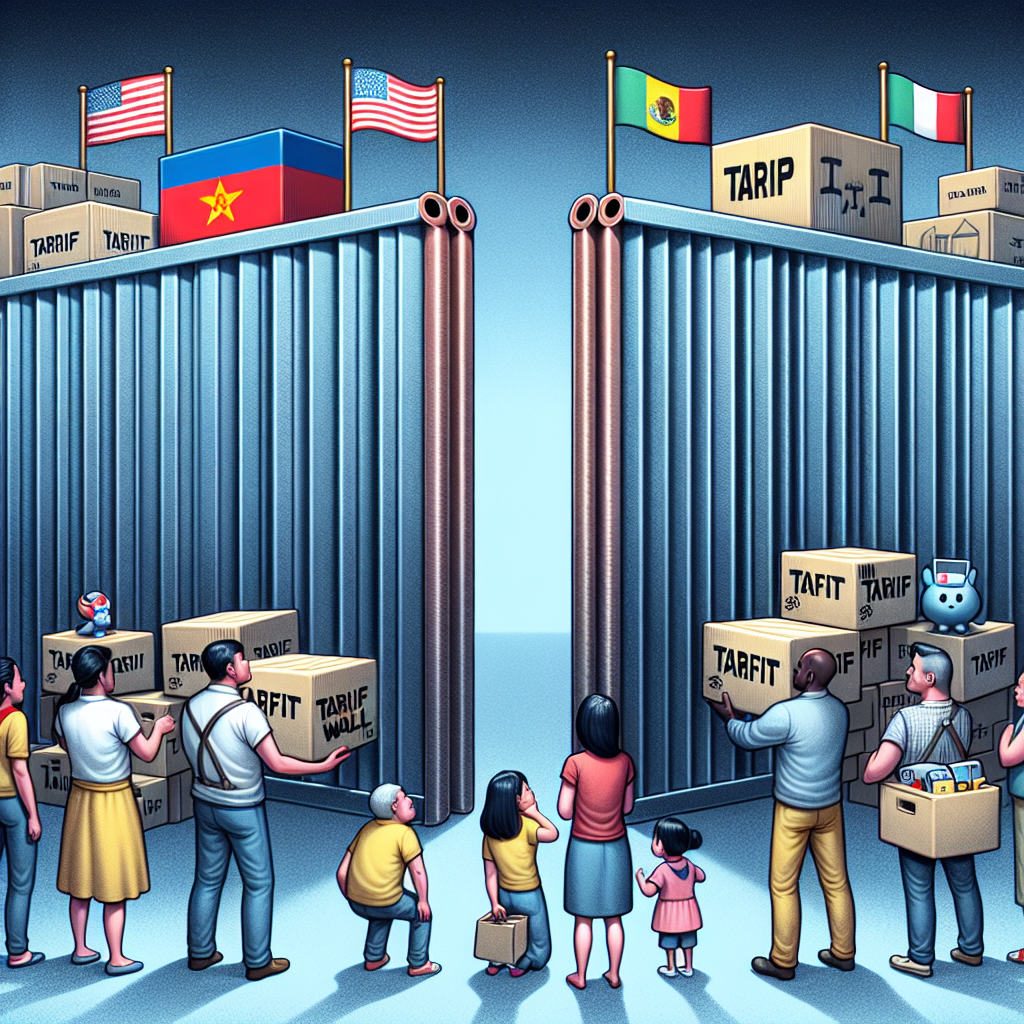Trump’s Tariffs on China Hit Importers and Affordable Goods Hard
Trump’s Tariffs on China: A Double-Edged Sword
Impact on Importers
The tariffs imposed by the Trump administration on Chinese goods have significantly affected U.S. importers. These businesses are grappling with increased costs, which are often passed down the supply chain.
- Importers face higher expenses due to tariffs on a wide range of products.
- Many companies are struggling to absorb these costs, leading to increased prices for consumers.
- Some businesses are seeking alternative suppliers outside of China, though this transition is not always feasible or cost-effective.
Affordable Goods Take a Hit
Consumers are feeling the pinch as tariffs drive up the prices of everyday goods. Items that were once affordable are now becoming more expensive, impacting household budgets.
- Essential goods, including electronics and clothing, have seen noticeable price hikes.
- Low-income families are disproportionately affected, as they spend a larger portion of their income on these goods.
- Retailers are caught in a bind, balancing between maintaining profit margins and keeping prices competitive.
Economic Ripple Effects
The tariffs have broader implications for the U.S. economy, influencing trade dynamics and consumer behavior.
- Trade tensions have led to uncertainty in the market, affecting investment decisions.
- Some industries, such as manufacturing, are experiencing a slowdown due to increased production costs.
- There is a growing debate on the long-term benefits versus the immediate economic strain caused by the tariffs.
Conclusion
The tariffs on Chinese imports, while intended to bolster domestic industries, have created significant challenges for U.S. importers and consumers. The increased costs of goods and the economic uncertainty underscore the complex nature of international trade policies. As the situation evolves, businesses and consumers alike must navigate the shifting landscape with caution.








































